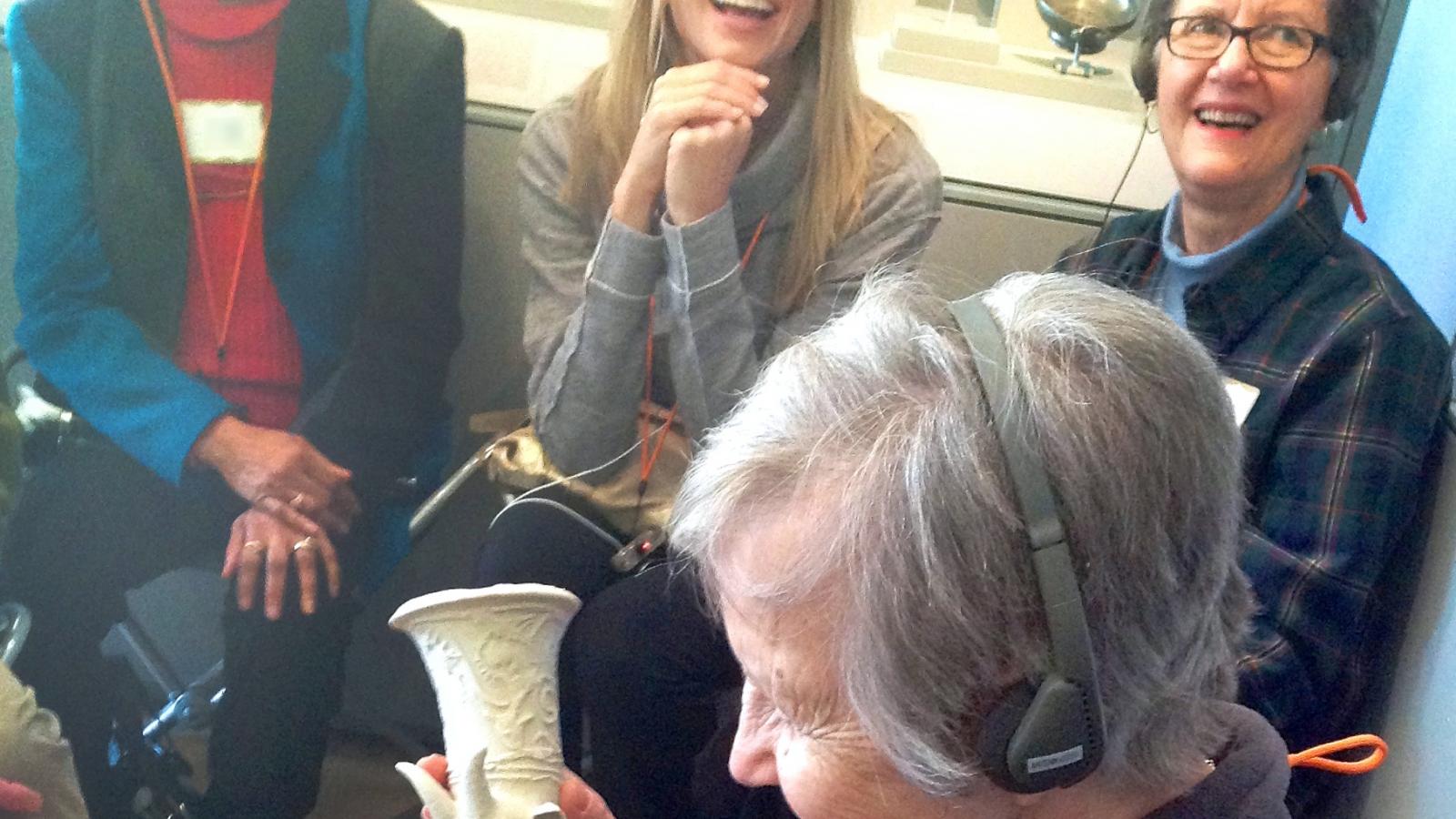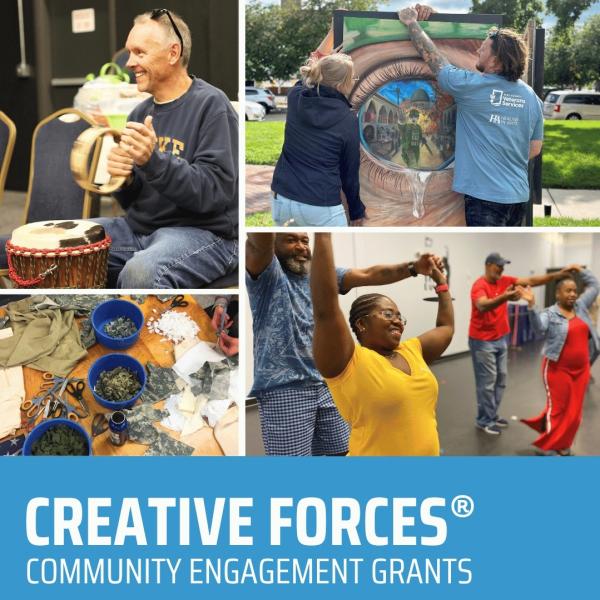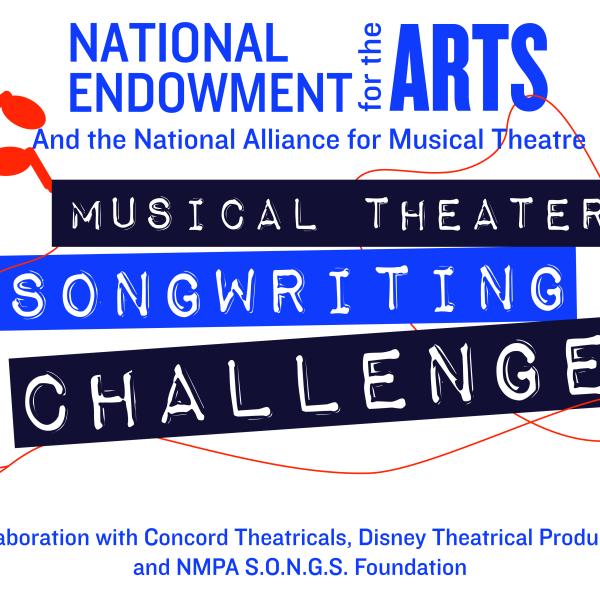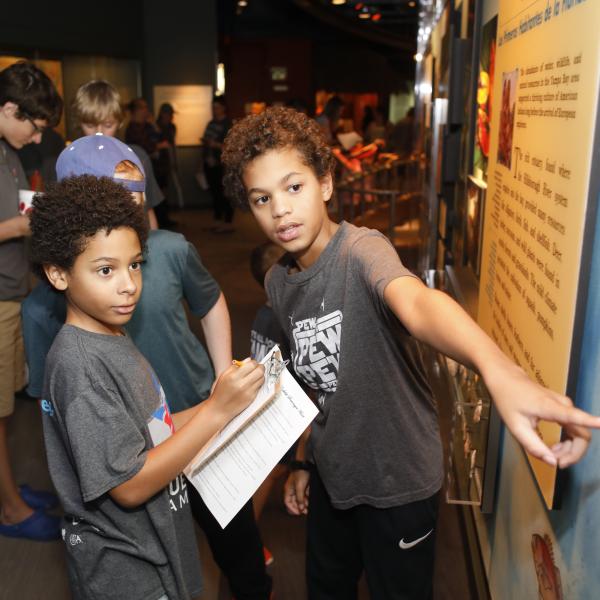New NEA Research on Arts Participation among People with Disabilities

WASHINGTON – Nearly 28 million U.S. adults have some type of disability related to hearing, sight, cognition, walking, and other activities of daily living. The latest NEA research offers the first, nationally representative analysis of arts-participation patterns among people with disabilities.
A Matter of Choice? Arts Participation Patterns of Disabled Americans offers several insights on how adults with disabilities engage with the arts. Among the key findings:
- In 2012, 23.3 percent of U.S. adults with disabilities (or 6.2 million people) attended a live performing arts event, 14 percent below the share of all U.S. adults who attended live concerts, plays, and dance performances (37.3 percent) in the same year.
- Adults with disabilities are underrepresented among both performing arts and visual arts audiences. While adults with disabilities compose nearly 12 percent of the U.S. adult population, they make up just under seven percent of all adults attending performing arts events or visiting art museums or galleries.
- Nontraditional art venues are attractive to adults with disabilities, who are just as likely as adults in general to attend an art exhibit or a live performing arts event if it takes place in a place of worship.
- Adults with disabilities are just as likely as all Americans to create visual art and do creative writing. They are more likely than adults in general to create fiber arts such as weaving or quilting.
- Adults with disabilities are just as likely to use radio, TV, or the Internet to consume art, but they are less likely than adults in general to use hand-held or mobile devices to consume art.
- Although 45 percent of people with disabilities are older adults (65+years old), age appears to be less of a factor in their arts participation than are educational level and childhood arts experiences.
# # #
Contact
Sally Gifford, NEA Public Affairs
202-682-5606 | giffords@arts.gov




